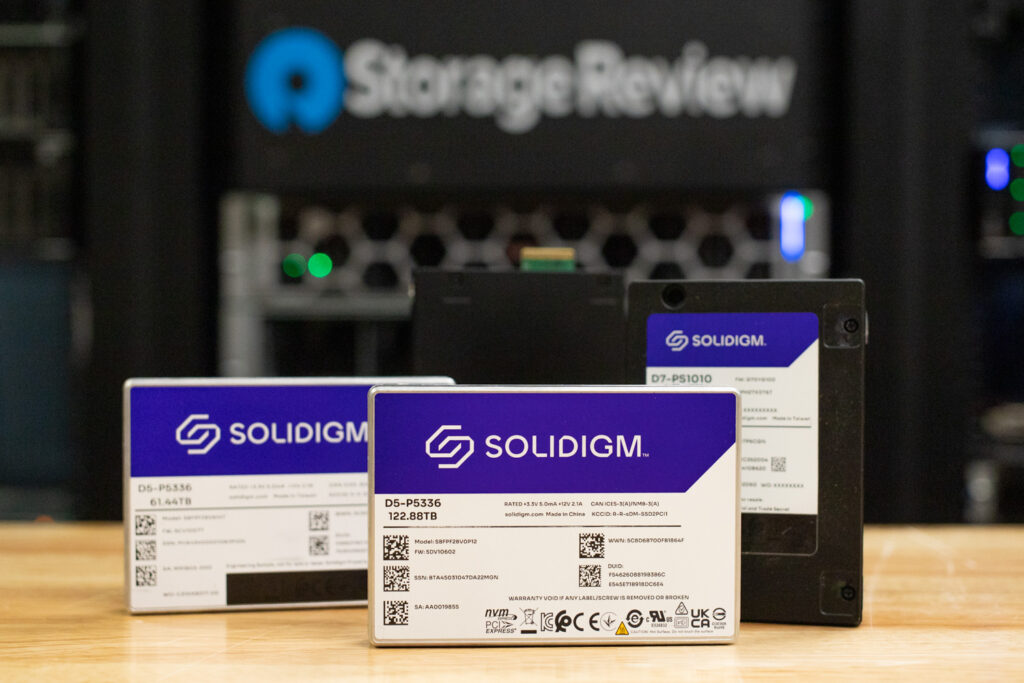MinIO has introduced ExaPOD, a modular reference architecture for developing and managing exascale AI infrastructure. This was created in collaboration with Intel, Solidigm, and Supermicro. ExaPOD operates on MinIO AIStor, MinIO’s exascale data storage system for AI companies. It extends the existing DataPOD concept from 100-petabyte units to one-exabyte blocks.

ExaPOD serves as a reusable blueprint for enterprises and new cloud providers. It helps deliver sustainable, predictable, and cost-effective AI performance at extreme scale on infrastructure they control.
Solving the Real Bottleneck in AI
As AI agents, long-context models, and multimodal pipelines become more common, data volumes are increasing from petabytes to multi-exabyte sizes. In many settings, the primary limitation is not GPU availability, but rather data delivery. GPUs often sit idle, not due to a lack of computing power but because the storage and data path can’t supply data quickly enough.
ExaPOD is specifically designed to eliminate this bottleneck. It reduces and stabilizes latency at exascale, ensuring the data path remains wide and consistent. MinIO aims to use ExaPOD to create a storage and data layer that supports high-throughput, low-latency access to training, inference, and retrieval datasets. This ensures AI workloads receive continuous data feeds rather than waiting for I/O.
In addition to performance, ExaPOD addresses practical needs for AI at scale:
- Predictable TCO: The reference design uses widely understood, industry-standard components and software-defined storage, allowing for predictable cost modeling as capacity increases.
- Sovereign, on-premises deployment: ExaPOD is intended to run on hardware under the enterprise’s or the neocloud provider’s control. This minimizes unexpected costs, avoids cloud lock-in, and simplifies compliance with data residency and sovereignty rules.
In other words, ExaPOD is about more than just speed; it makes AI data infrastructure more manageable, predictable, and sustainable at exabyte scale.
Data Architecture, Not Just Models, at the Center of AI
AB Periasamy, co-founder and co-CEO of MinIO, views modern AI development as a challenge to data infrastructure rather than just a model or hardware issue. He believes the organizations that will succeed in AI will be those that rethink how data is stored, moved, and accessed at scale while maintaining hyperscaler-style cost efficiency.
In this light, ExaPOD offers enterprises a clear, modular way to build AI-ready infrastructure without sacrificing control, flexibility, or cost transparency. Instead of using opaque, one-size-fits-all solutions, ExaPOD offers a pattern of identical, repeatable blocks that can scale from racks to complete data centers, preserving performance and reliability.
Partner Hardware
Supermicro SYS-212H-TN 2U, 24 NVMe bays: The SYS-212H-TN provides a dense yet balanced building block for rack-scale deployments. It’s 24 U.2 NVMe bays maximize per-rack storage density without compromising airflow, power efficiency, or serviceability, and support for liquid cooling and high-efficiency power delivery.
Intel Xeon 6781P (80 cores, 136 PCIe Gen5 lanes): The Xeon 6781P was chosen for its ability to simultaneously saturate both high-density NVMe and 400/800 GbE networking. With 136 PCIe Gen5 lanes, it supports full parallelism across 24 NVMe drives and dual 400 GbE NICs without oversubscription.
Solidigm D5-P5336 SSD (122.88 TB QLC NVMe): With 122.88 TB of storage per drive, the Solidigm D5-P5336 delivers extreme storage density, enabling ExaPOD to achieve multi-Exabyte usable capacity in the industry’s smallest and most efficient data center footprint.
A key aspect of ExaPOD is its focus on density and power efficiency—crucial factors at multi-petabyte and exabyte scales.
ExaPOD provides:
- 36 PiB of usable capacity per rack unit in a compact all-in-one setup, significantly reducing the floor space needed for AI data infrastructure. This density is essential for facilities constrained by power and physical space.
- An average of 900 W per PiB of usable capacity, including cooling. By reducing the power requirements of the data layer, ExaPOD frees up more of the data center’s power capacity for GPUs and accelerators.
See it at SC25
MinIO will showcase ExaPOD at SuperComputing ’25 in St. Louis from November 16-21.




 Amazon
Amazon